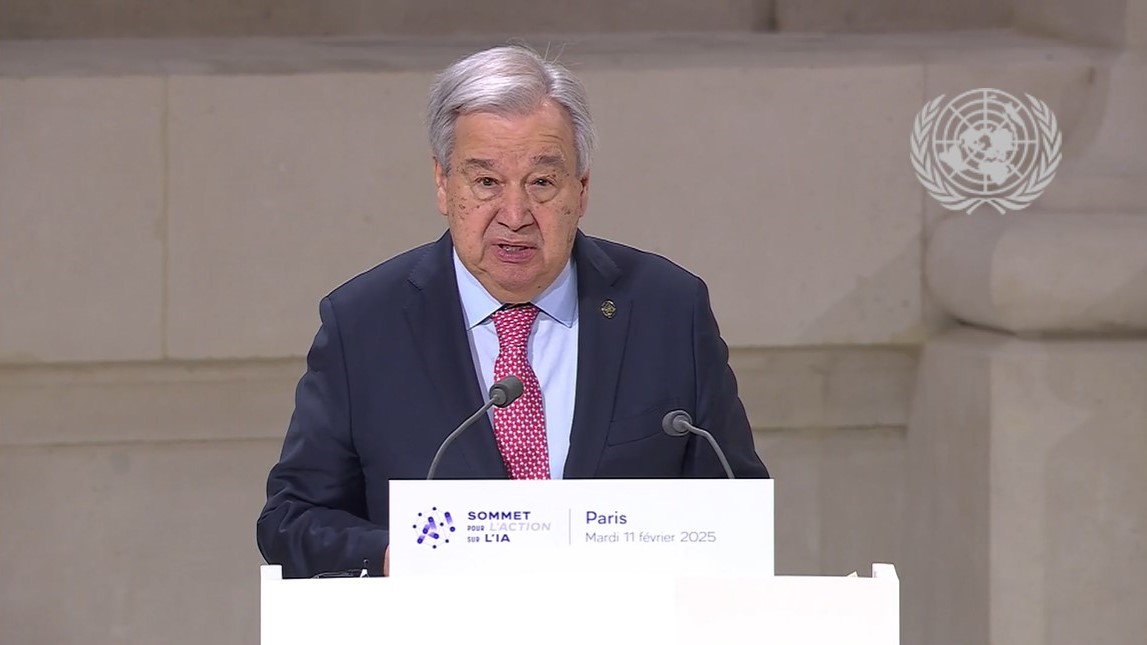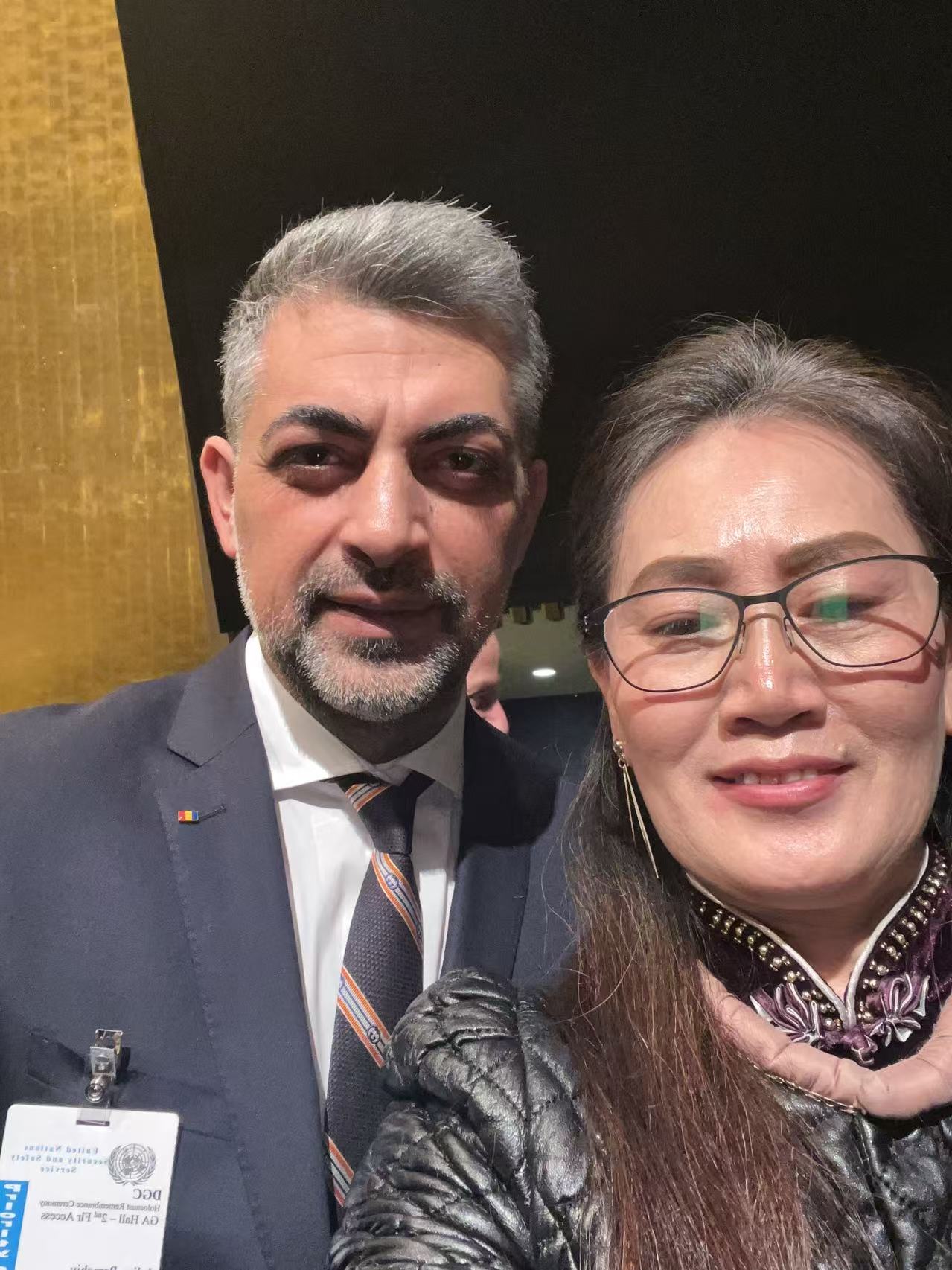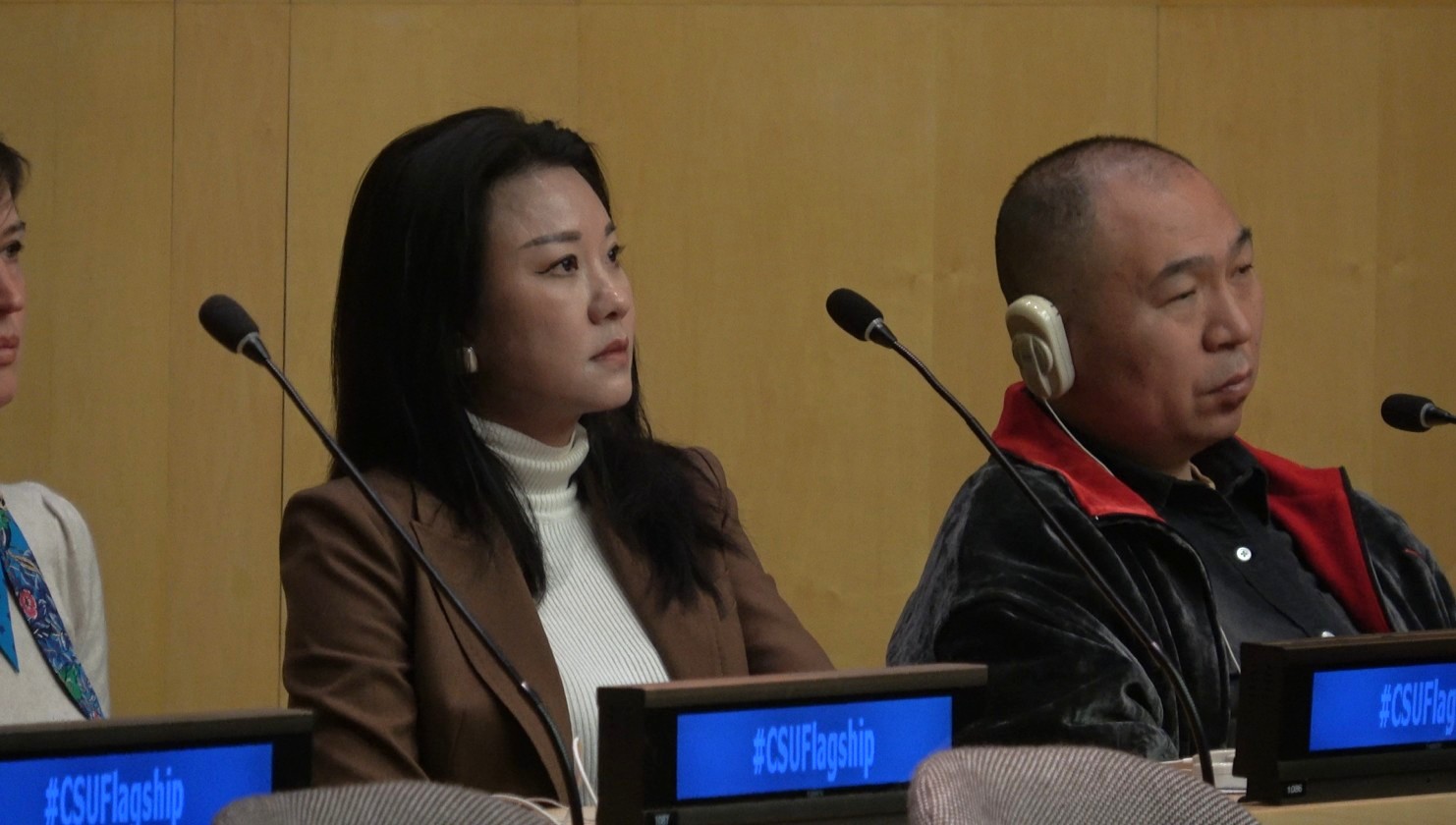
The number of young people globally who can’t find a job this year is set to reach 73 million – that’s a full six million more than before COVID-19 – the UN labour agency said on Thursday.
According to the International Labour Organization (ILO), the pandemic has caused many additional problems for 15 to 24-year-olds who’ve experienced “much higher” unemployment losses than older workers since the global health emergency was declared in early 2020.
Young women have struggled more than their male counterparts to find work, while Arab nations are expected to see the highest levels of youth unemployment by the end of the year, compared to the global average.
“We know that the COVID-19 pandemic has wreaked havoc on youth labour markets around the world,” said Martha Newton, ILO Deputy Director-General for Policy. “It’s exposed a number of shortcomings in the way the needs of young people are addressed, especially the most vulnerable first-time job seekers, school dropouts, fresh graduates with little experience and those who remain inactive not by choice.”
Speaking at the launch of ILO’s report, Global Employment Trends for Youth 2022: Investing in transforming futures for young people, Ms. Newton said that the share of youth not in employment, education or training in 2020 rose to 23.3 per cent.
That represents an increase of 1.5 percentage points from 2019 and represents a level not seen in at least 15 years, the ILO report found.
“This group of young people are at particular risk of seeing their labour market opportunities and outcomes deteriorate also over the longer-term as ‘scarring’ effects take hold,” the report noted.
Gender inequality
The report’s takeaways include the worrying finding that young women are worse off than young men when it comes to finding a job. This year, fewer than three in 10 young women globally are expected to be in work, compared to well over four in 10 young men.
“The gender gap, which has shown little sign of closing over the past two decades, is largest in lower-middle-income countries, at 17.3 percentage points, and smallest in high-income countries, at 2.3 percentage points,” the ILO report stated.
Only high-income countries on course to recover
Latest labour data scrutinised by ILO also indicated that only high-income counties are likely to see a recovery in youth unemployment levels “close to those of 2019” by the end of this year.
In lower-income countries, youth unemployment rates are projected to remain more than one percentage point above pre-crisis values.
In Africa, the continent’s youth unemployment rate of 12.7 per cent masks the fact that many youths have chosen to withdraw from the labour market altogether, ILO said. It noted that “over one in five young people in Africa was not in employment, education, or training in 2020, and the trend has been deteriorating”.
The Arab States have the highest and the fastest growing unemployment rate of young people worldwide, projected at 24.8 per cent in 2022. “The situation is worse for young women in the region, with 42.5 per cent unemployment in 2022, which is almost three times as high as the global average for young women (14.5 per cent),” ILO said.
In Europe and Central Asia, unemployment among 15 to 24-year-olds is expected to be 1.5 per cent higher than the rest of the world this year (16.4 per cent compared with 14.9 per cent). Although there has been “substantial progress” in reducing youth unemployment for both women and men, ILO said that the fallout of Russia’s invasion of Ukraine was “highly likely to affect the results”.
While the Asia Pacific region is set to see 14.9 per cent of young workers still looking for a job by the end of the year, in line with the global average, the picture will likely remain worrying in Latin America, where the rate is expected to be 20.5 per cent.
“Historically, young women’s unemployment rates have been higher than young men’s (in Latin American countries), but the crisis exacerbated this trend,” ILO’s report stated.
The picture is radically different in North America, however, where the youth and young adult unemployment rate is expected to be well world average levels, at 8.3 per cent.
Solutions are green and blue
To address the problem, the UN labour agency urged governments to implement sustainable green and blue (ocean) policy measures. According to the report, this could generate an additional 8.4 million jobs for young people by 2030.
Targeted investments in digital technologies could also absorb high numbers of young workers, ILO maintained. By achieving universal broadband coverage by 2030, some 24 million new jobs could be created worldwide it said, with young workers taking 6.4 million of them.
According to a new report by the International Labour Organization (ILO), the recovery in youth employment is still lagging, which confirms that the COVID-19 pandemic has hurt young people more than any other age group.
The Global Employment Trends for Youth 2022 report finds that the pandemic has exacerbated the numerous labour market challenges facing those aged between 15 and 24 years, who have experienced a much higher percentage loss in employment than adults since early 2020.
The global number of unemployed youths is estimated to reach 73 million in 2022, a slight improvement from 2021 (75 million).
However, still six million above the pre-pandemic level of 2019, the report says.
The report finds that undertaking the green, digital and care measures together as part of a big investment push would raise global gross domestic product (GDP) by 4.2 percent and create an additional 139 million jobs for workers of all ages worldwide, of which 32 million would be accounted by young people.
Decent work Investment in these sectors must be accompanied by the promotion of decent working conditions for all young workers, the study says.
This includes ensuring that they enjoy fundamental rights and protections, including freedom of association, the right to collective bargaining, equal pay for work of equal value, and freedom from violence and harassment at work.
 Celebrity Media TV
Celebrity Media TV












